I’ve recently looked into new technologies in the automotive industry, especially the new ShyTech interior technology that Continental unveiled at CES 2022 and will be released in 2023.
The ShyTech display, based on this technology, is forward-thinking and sets a high bar for display technology in terms of appearance, usability, and safety. From a design perspective, it aims to reverse the trend of oversized screens dominating the interior, impacting the cohesiveness of the interior design.
With the flexibility of invisible technology, ShyTech screens can easily integrate with interior design, activated by voice or touch commands, and can adjust brightness and sharpness in any lighting condition to avoid reflection.
Note: Let’s take a closer look at whether this ShyTech display heralds a new era of cockpit displays.
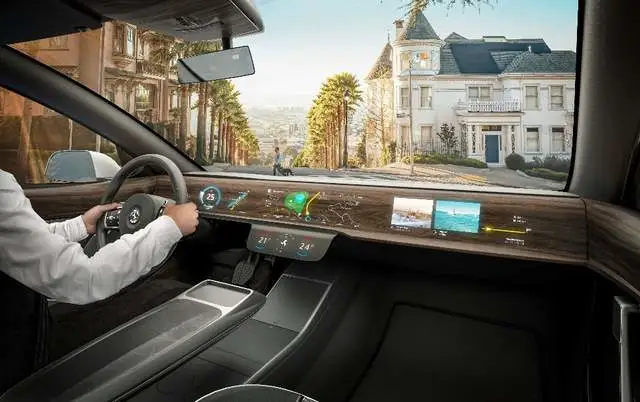
Evolution of Large Screens
Continental has presented a very interesting and valuable way to show the evolution of automotive technology in the entire cockpit.
As screens get larger, the core issue is that the proportion of screens in the interior is too high, which both contributes to distracted driving and limits the design sensibility of the car.
Note: The automotive industry has always struggled to strike a balance between design and technology.
2005 – 3.5-inch instrument panel, 5-inch central control screen
2010 – 5-inch instrument panel, 7-inch central control screen
2014 – 12.3-inch instrument panel, 8-inch central control screen
2016 – 12.3-inch instrument panel, 12.3-inch central control screen
2018 – 12.3-inch instrument panel, 12-inch central control screen
2019 – 12.3-inch instrument panel, 15-inch central control screen
2020 – 12.3-inch instrument panel, 14-inch central control screen, and 12-inch co-pilot screen
2021 – Pillar to Pillar, through-the-car large screen
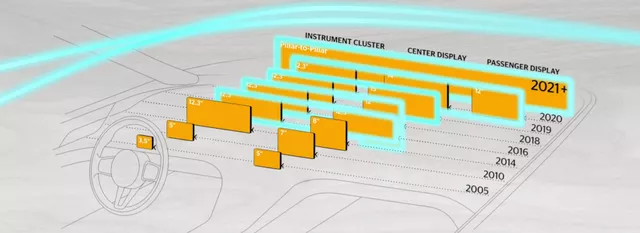
After screens became the dominant form of interaction, designers began incorporating long, dual screens, V-shaped screens, C-shaped screens, L-shaped screens, S-shaped screens, and wide Pillar-to-Pillar screens.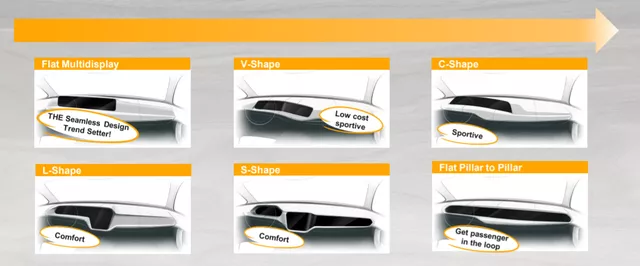
When BYTON was launched, it used a long screen, which may be a kind of interior design styling that will become popular in the future of the automotive industry. In this evolution process, are there any other possibilities?
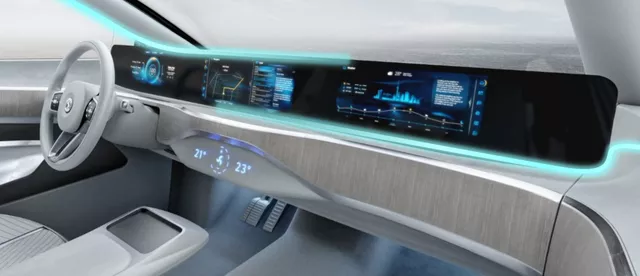
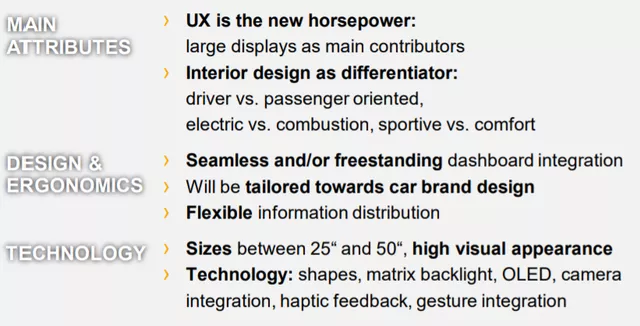
The next-generation display design aims to be able to switch effectively. Switchable privacy screens help to reduce driver distraction and interact with multimedia content outside the driver’s line of sight. It’s a bit like allowing users to interact with the screen while running under Level 3 autonomous driving, and immediately returning to the driver’s attention when needed.
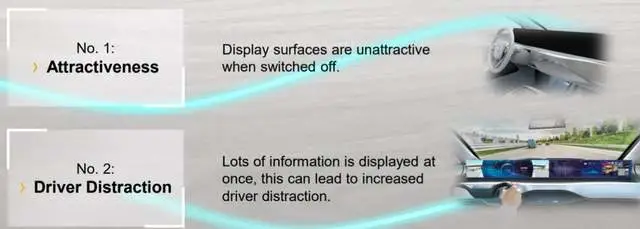
What is ShyTech’s technology?
This system is based on a 24×10 LED-driven LCD system, and uses two unique backlight units with dedicated lighting configurations for both public and private modes, allowing for a variety of viewing options in combination.
In private mode, a strongly directional backlight makes the content visible only from the passenger’s perspective.
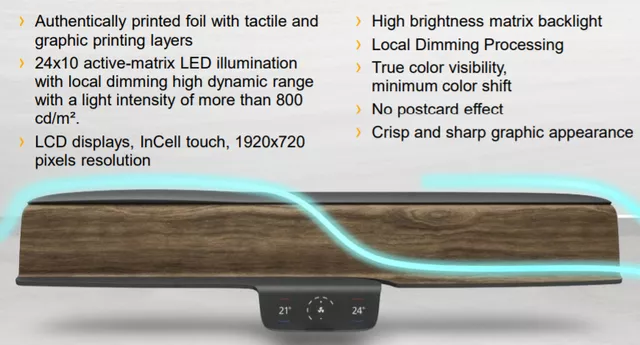
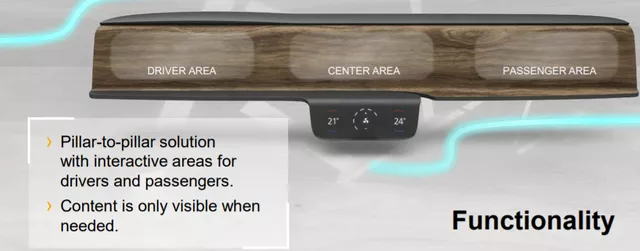
This technology of switchable privacy display can effectively reduce driver distraction, and enhance simplicity and safety without affecting advanced functionality.
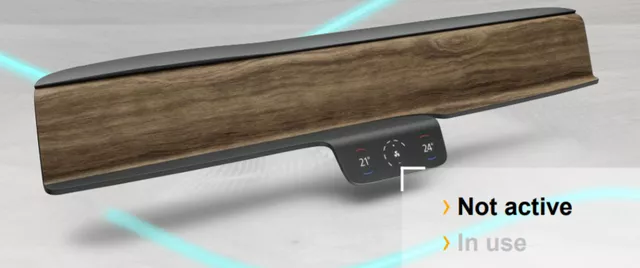
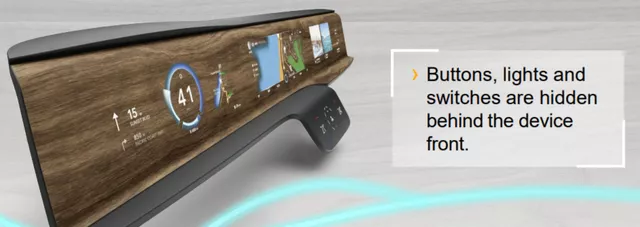
The control panel consisting of buttons, lights and switches is integrated with the display screen in a whole new way and hidden. Only relevant content is visible for all control options.
And this interactive system can be operated via voice, gestures, touch, etc.
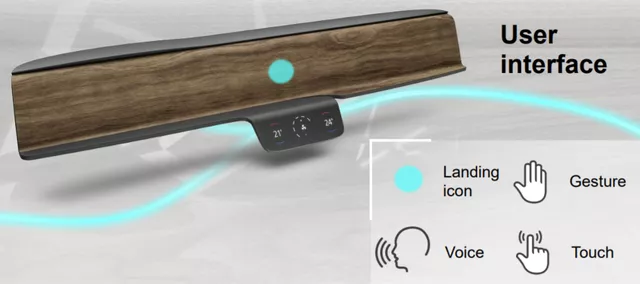
In summary, this system is quite interesting and, according to the video, is indeed quite fun.
This article is a translation by ChatGPT of a Chinese report from 42HOW. If you have any questions about it, please email bd@42how.com.